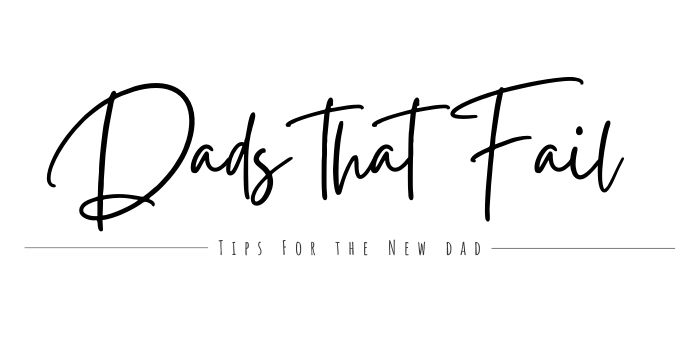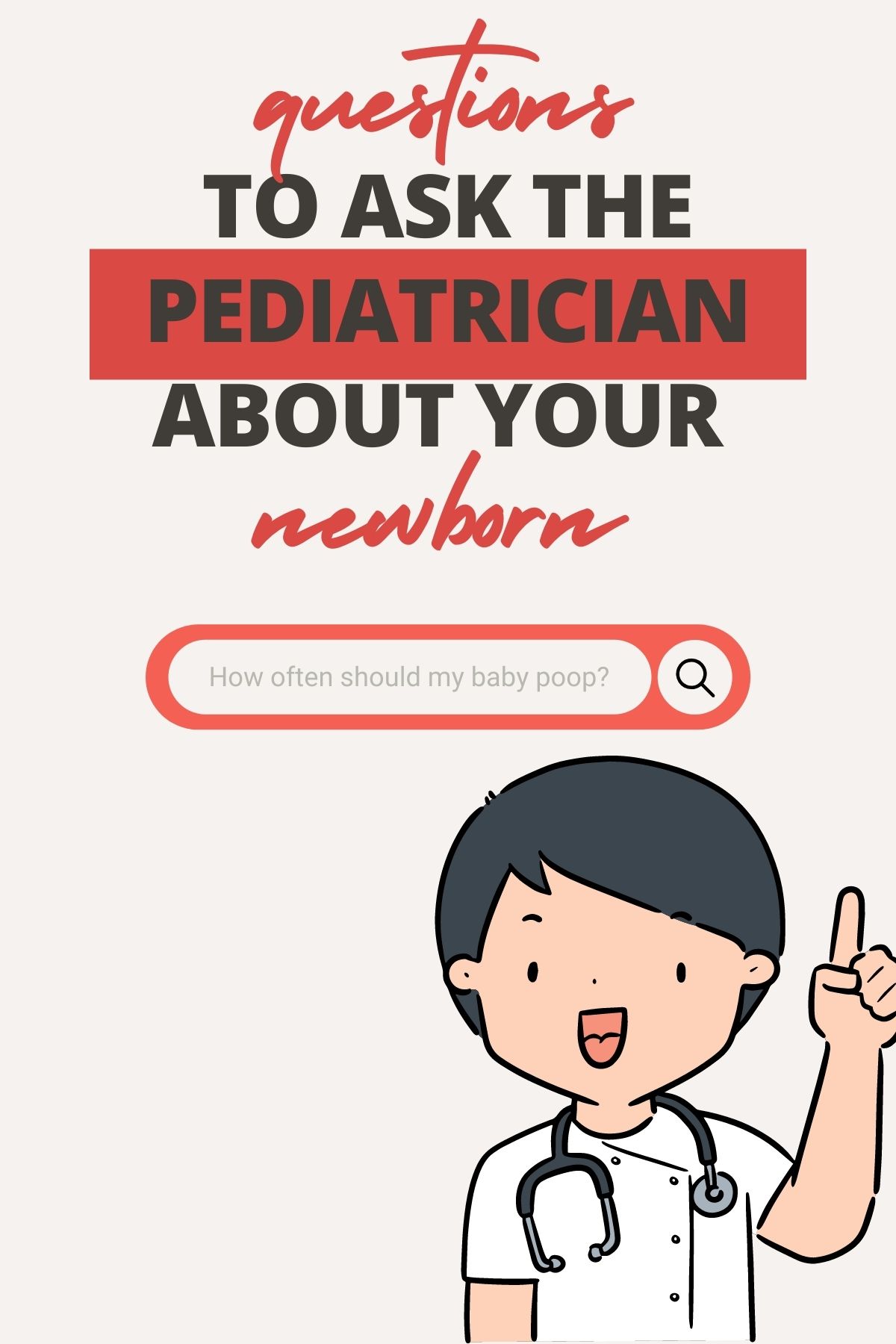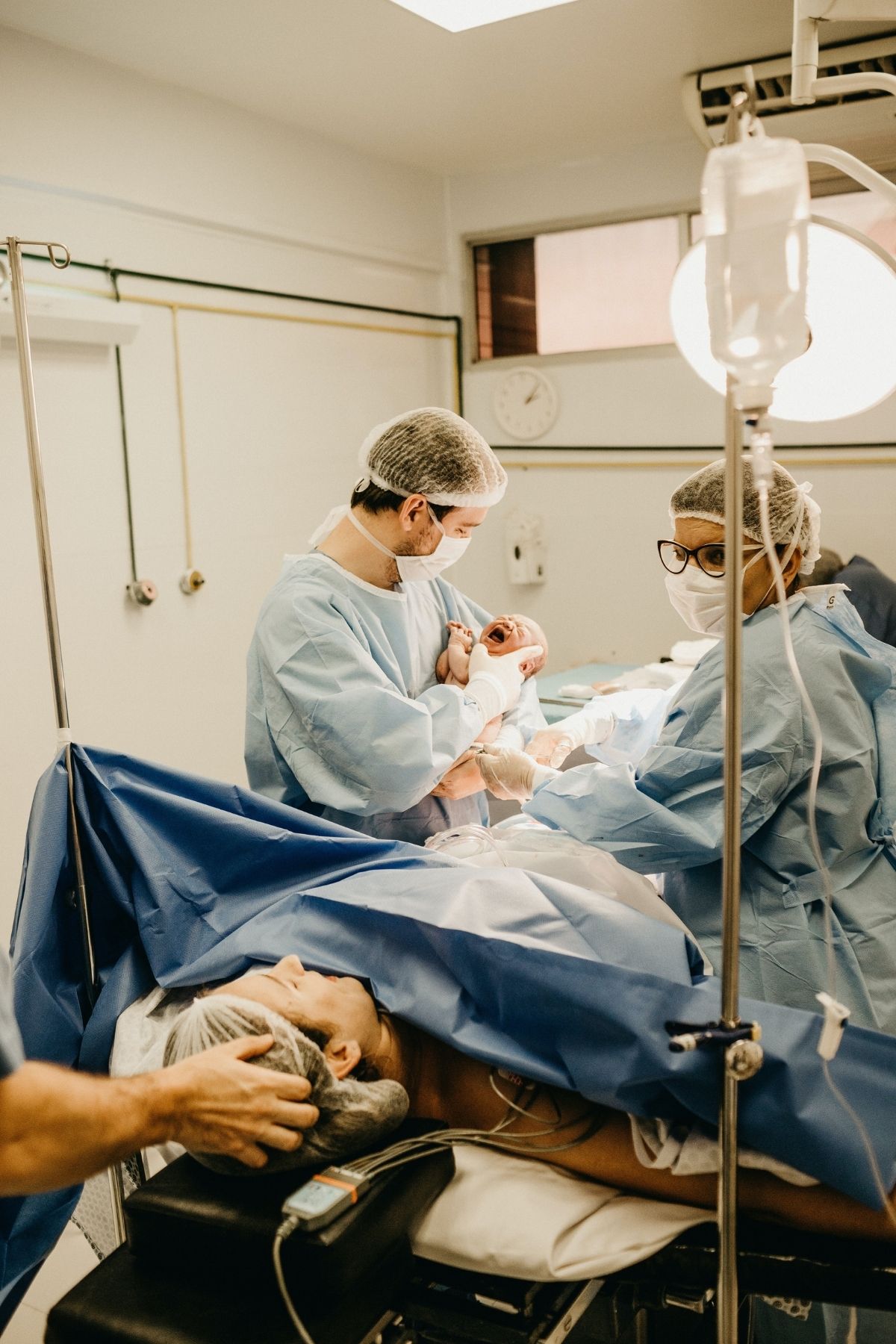How to Make Big Shoes Fit Smaller
Let me guess. You bought a really cute pair of monster design shoes on insane markdown but they’re too big for your child’s feet? You’re in the right place because this post is all about how to make big shoes fit smaller.
Finding toddler shoes that fit, are comfortable enough and properly designed for supporting your toddler’s growth requirements is quite challenging.
Did you know that in a study conducted by the UK College of Podiatry, nearly 30% of toddlers were found wearing the wrong size shoes?

Choosing the Right Toddler Shoes
Most toddlers in the age range of 1.5 years to 2 years grow one half a foot size every 3 months or so. This accelerated growth slows marginally to half a foot size about every four months as they approach three years of age. This doesn’t mean you stock up on every type of shoe design out there.
Having just one good pair of shoes that fits correctly is more beneficial than stressing about shoes that your toddler wears only on special occasions. Here’s how to pick the right toddler shoes
- Size Matters: Press down with your thumb on the tip of the shoe. Your toddler needs to have enough room to wriggle their toes which usually amounts to about half an inch gap maximum between their toes and the tip of the shoe.
- Try Them Out: Always try out a shoe brand in person with your toddler. Online sales are tempting but don’t purchase shoes without trying them on first especially if it’s a brand you’ve never tried before. Sizes and fits vary between brands and can compromise the overall fit.
- Function over Fashion: For a toddler who is just getting used to walking, function is a LOT more important than any prevailing fashion trends. In general, there are very few fashionable shoes which provide the support and firmness necessary for a toddler’s feet.
- Avoid Straps: Shoes with plastic or rubber straps usually do not provide much heel support. Toddler’s heels tend to slip back and forth in these type of shoes because of the lack of grip. In addition, these materials tend to cut into skin of your toddler’s heels and provide very less grip.
- Flexibility: A good shoe design will provide ample flexibility when bent with your hands. Shoes that are very stiff and rigid will not provide the required sensory feedback when walking on different types of terrain.
- Material: Leather based shoes are ideal for growing kids. They are softer and have the necessary durability when used in high activity areas. Apart from leather, any shoe with mesh lining or a machine washable fabric is also ideal. Shoes with adjustable laces or hook-and-loop closures that let you customize the fit are also preferable because kids’ feet change constantly.
When to Measure Feet
The best time to measure your toddler’s feet is in the afternoon once they have been running around for a few hours. If you’re at a shoe fitting, have your kid do more than just walk a few steps in the new shoes. Similar to how adults try on a new pair, have the kid jump up or down and perhaps even run a few steps.
The key things to look out for is that the shoes don’t slip and are light enough for your kid to move around without any hassles.
Signs Toddler Shoes are too Big
Ever seen a picture of a toddler walk around in their dad’s flip flops? Here are some easy tell-tale signs that a toddler’s shoes are too big.
- The toddler’s heel may be lifting a lot or their feet may be sliding back and forth from heel to the toe region.
- They walk all wonky. Another easy revealing sign is when you notice their running is impeded by the weight of the shoe to the point that they’re dragging it along.
- They trip a lot because there is no firm grip on the foot.
How to Make Big Shoes Fit Smaller
Now comes the best part of this post on how to make big shoes fit smaller. Please bear in mind that the best solution is to return the shoes and get a size that fits, especially when it comes to toddler feet.
However, if you’re in a bind the following techniques may work for you.
- Sock Up: Sometimes wearing an additional pair of socks may just be the key to providing the necessary grip and support in a big shoe. Although it may not be ideal in peak summer, this technique is best for winter boots or closed toe shoes.
- Toilet Paper It: Stuffing the toe area with crushed toilet paper or tissue paper will work really well especially in dress shoes. Do remember to take them out because it can stink up very quickly, especially if you have a dog that favors shoes.
- Using Insoles: There are some insoles that will provide temporarily relief to make the shoes fit better. Apart from providing the necessary cushion layer, most toddler insoles are washable too.
- Wash, Dry and Repeat: If all else fails, then washing and drying the shoes may shrink them marginally. This works especially well on mesh fabric or sneakers.
My Top Favorite
Wearing ill-fitting shoes can often lead to poor gait development and problems like calluses, bunions or hammertoes.
These Stride Rite Sneaker shoes come in a variety of colors and are extremely functional. The large opening makes it easy to slide feet in and out without a lot of wrangling. On top of that, the straps are easy to maneuver and the shoes are washable.
Frequently Asked Questions
Using crushed toilet paper or a foam sponge may provide temporarily support during extenuating circumstances. However, the best option for toddler shoes is to get a better fitting shoe.
If the good old toilet paper technique did not work, then heel inserts may provide temporary relief. Although most heel inserts are not made for long term use and may cause stability issues later on, these do work for most.
I get it. Why pass up on a good hand-me-down deal? Used or secondhand toddler shoes need to be inspected thoroughly especially in the shoe sole, inner insole and stitching areas. If all of them look good and your child can run freely without losing balance or dragging their feet, then the shoes will work. However, for a daily use shoe the best option is to invest in a brand-new pair that fits well.








Very useful tips